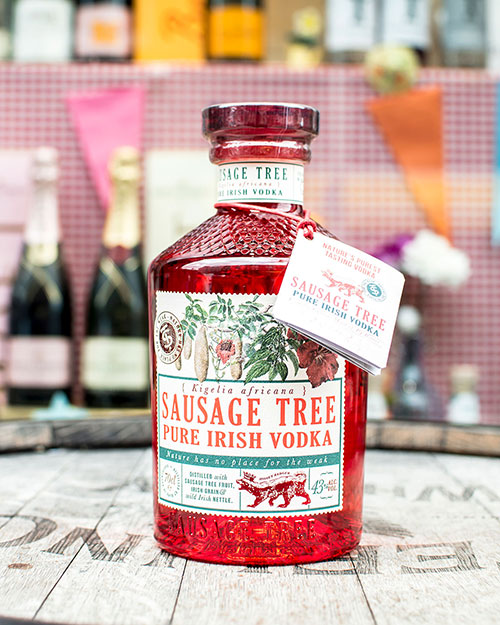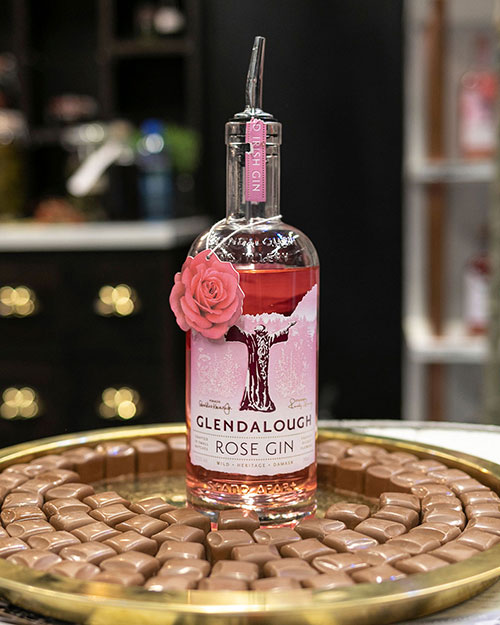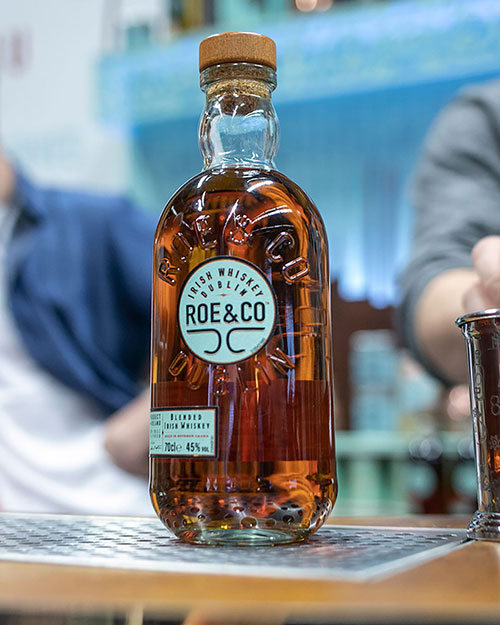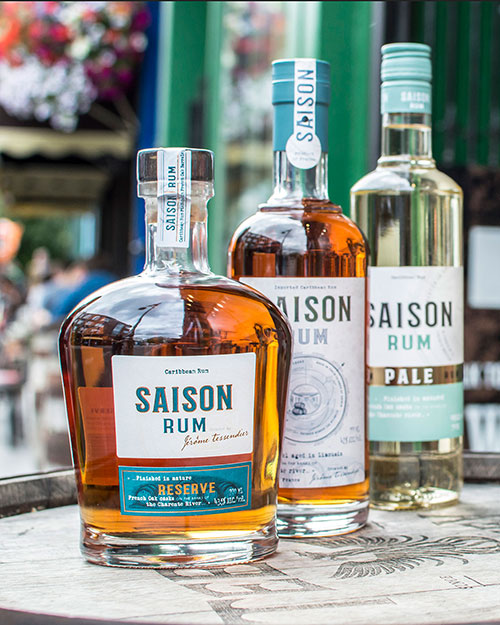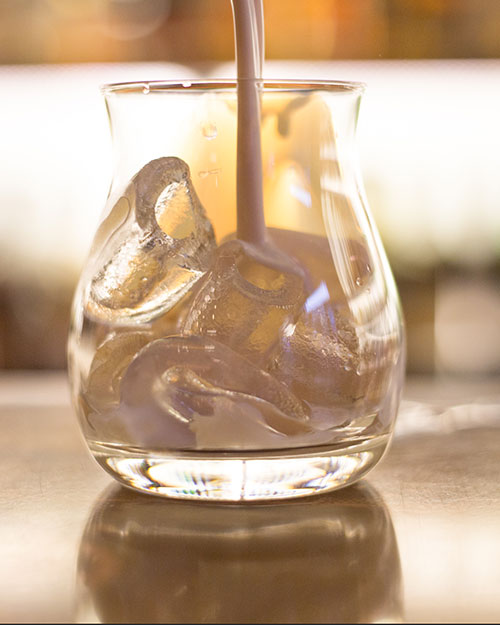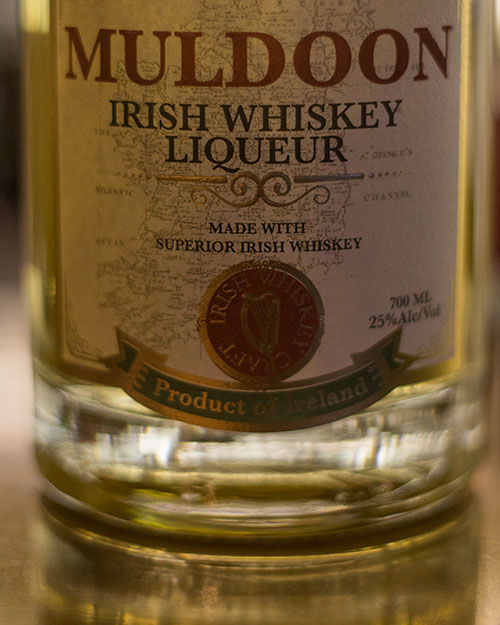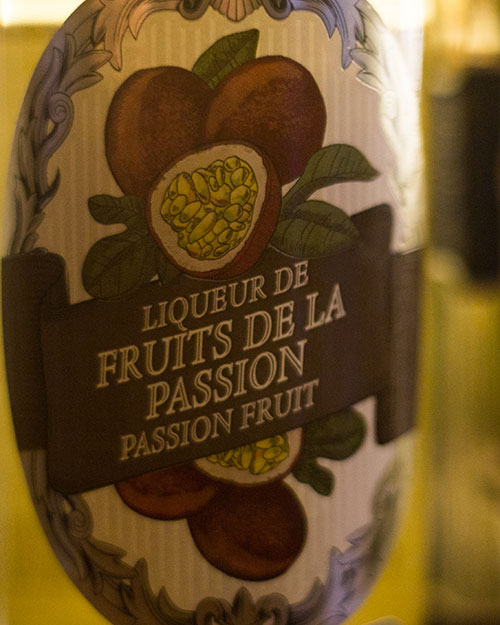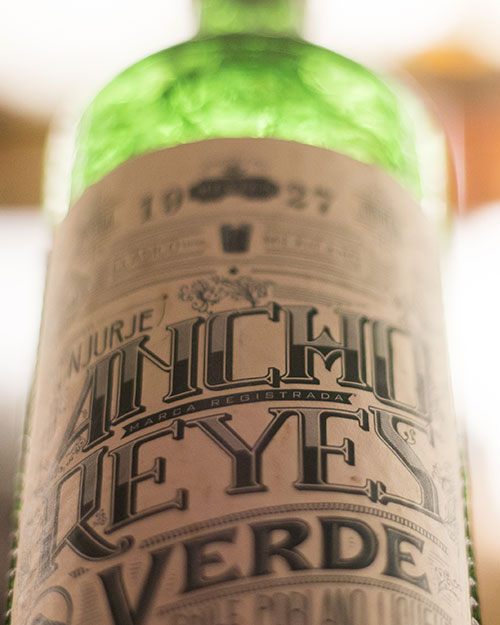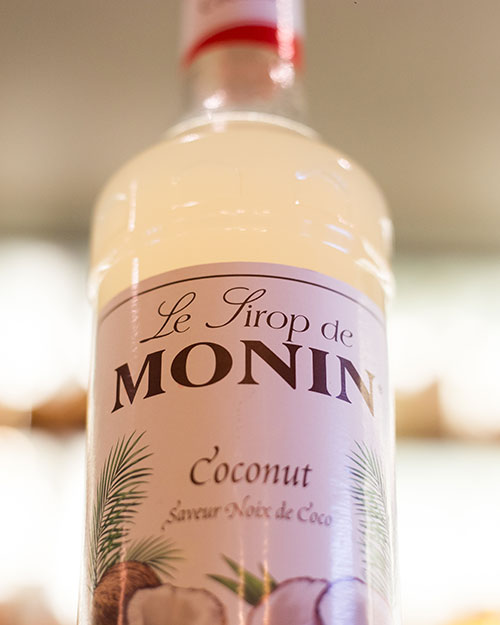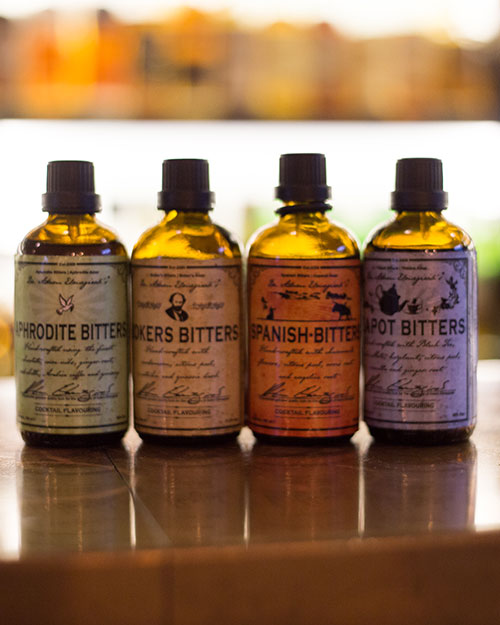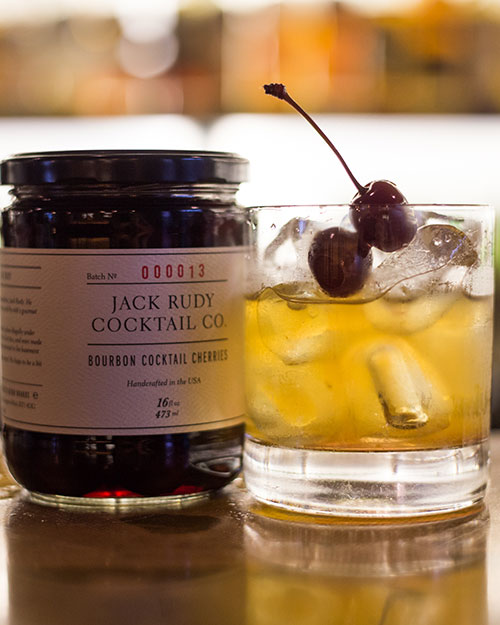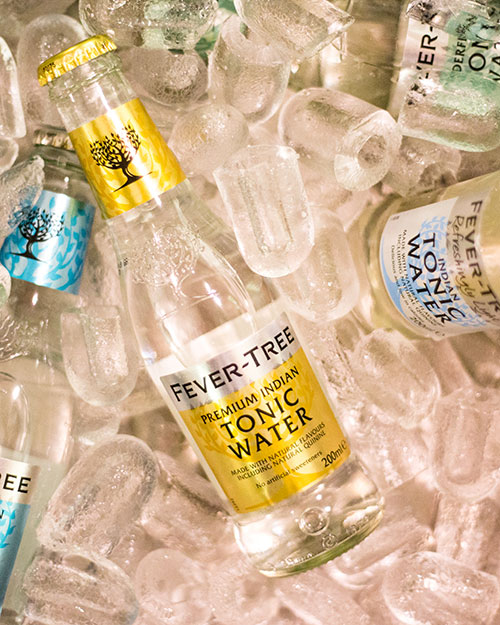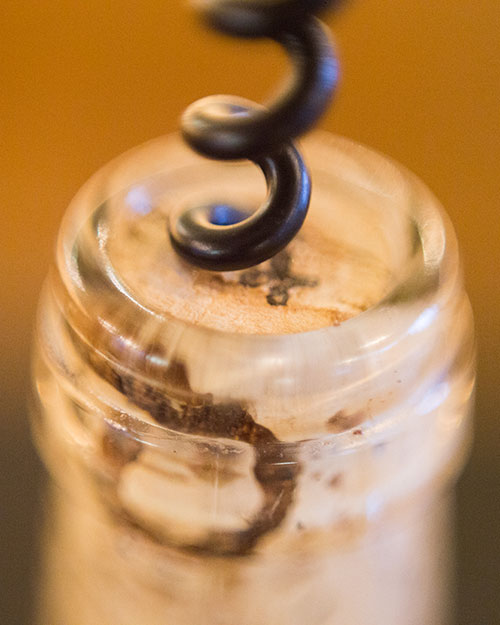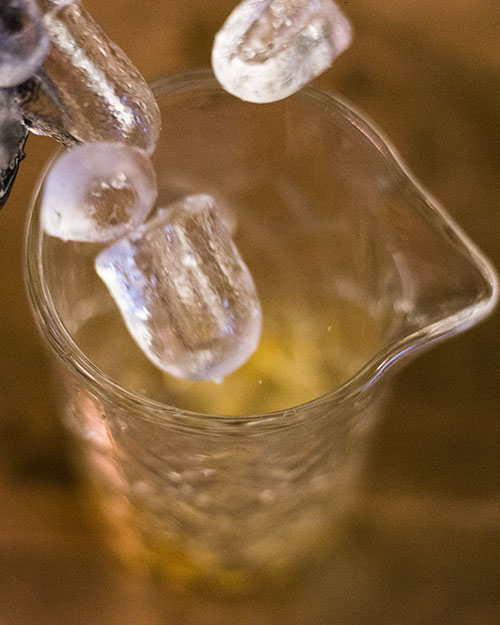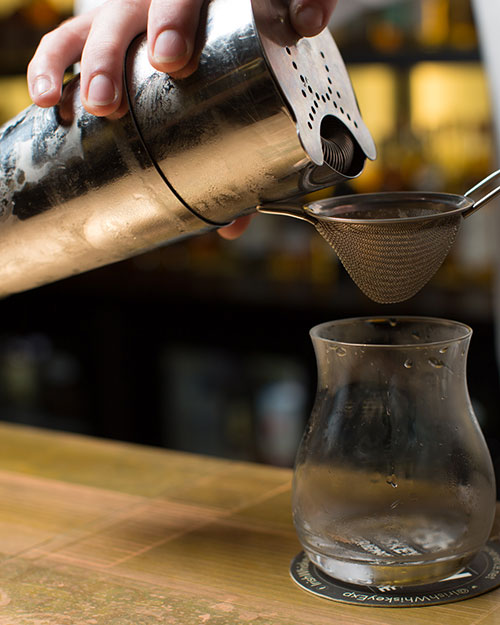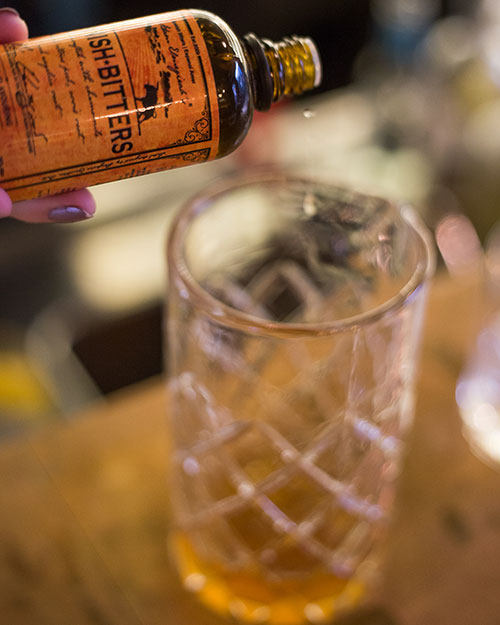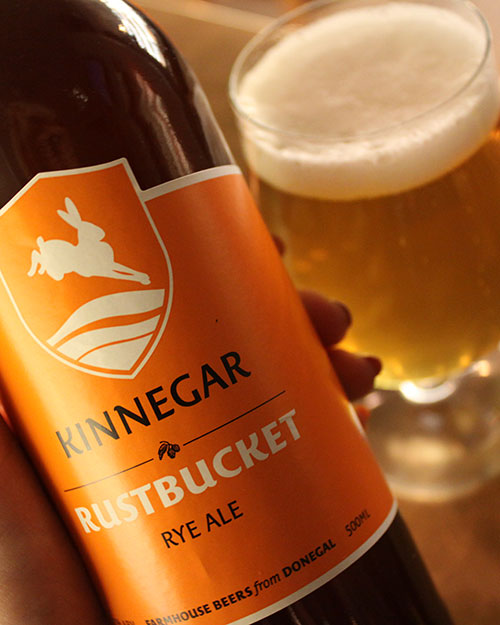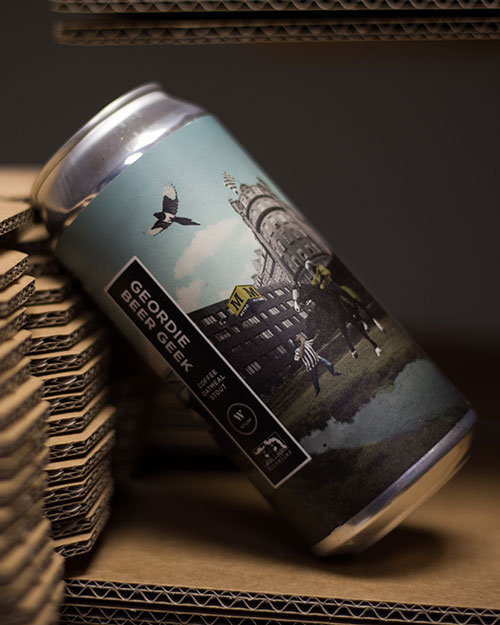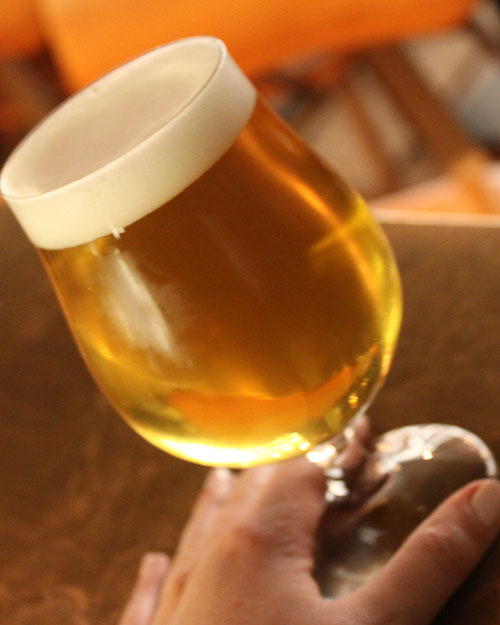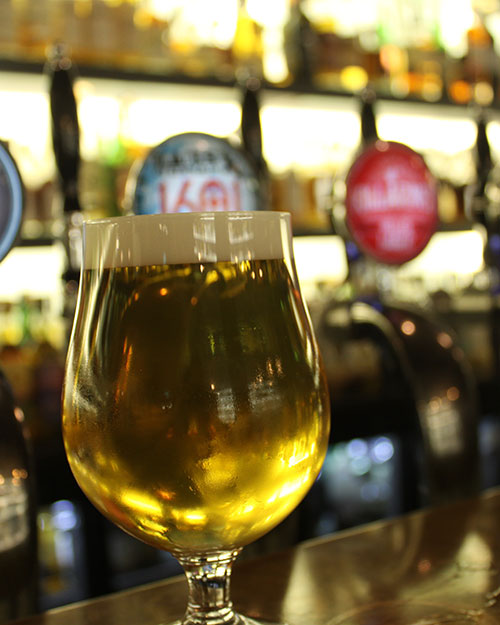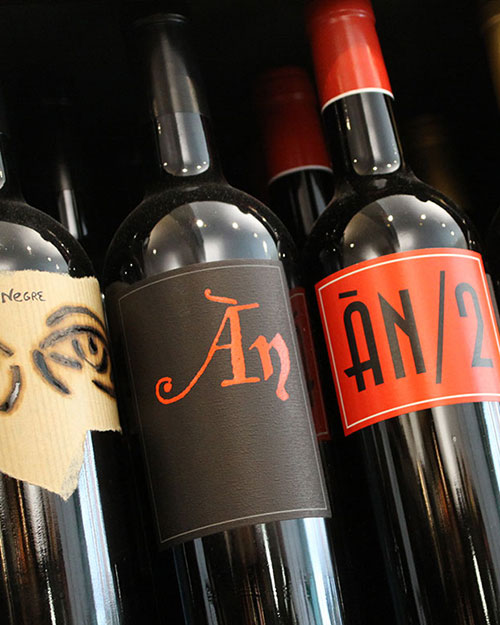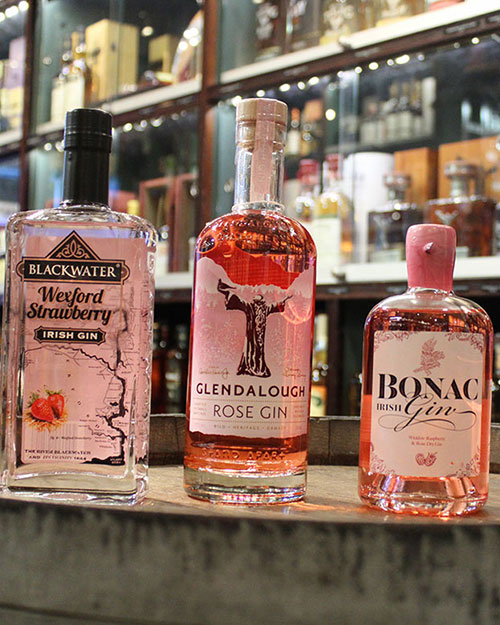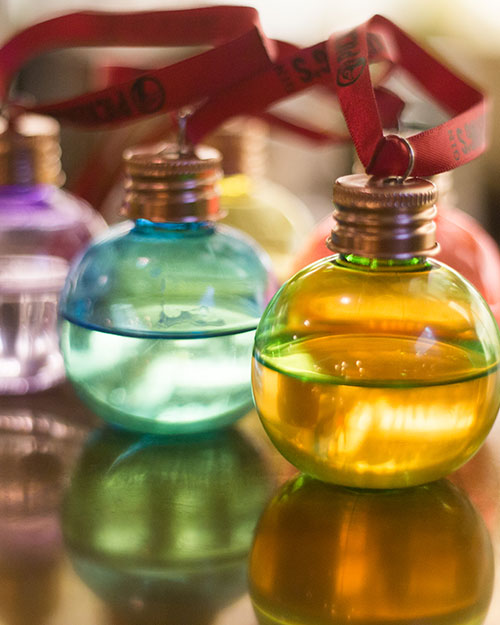A Beginner’s Guide to Wine Shopping
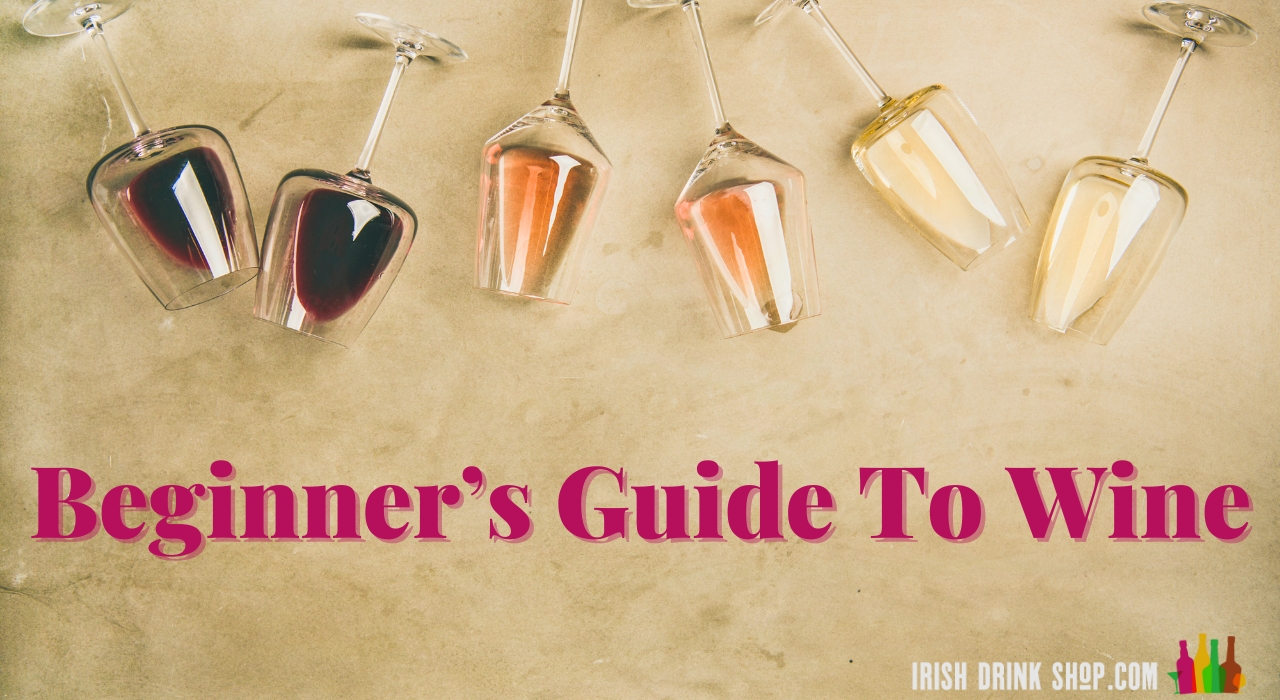
Wine is one of the most popular and diverse beverages in the world, with a rich history and culture that spans centuries and continents. Whether you are looking for a refreshing rosé wine to enjoy on a sunny day, a sophisticated red wine to accompany a romantic meal, or a special gift for a loved one, wine can offer something for everyone.
But with so many varieties, styles, and labels to choose from, wine shopping can also be a daunting and confusing task, especially for beginners. How do you know which wine to buy, what to look for, and how to taste it? How do you pair wine with food?
Don’t worry, we are here to help! In this article, we will cover the basics of wine shopping, from the different types of wine to our top tips and tricks for selecting and enjoying them.
Introduction to Wine Varieties
One of the first things you need to know about wine is that there are many different types, each with its own characteristics and flavours.
Here are some of the most popular categories of wine that you will encounter:
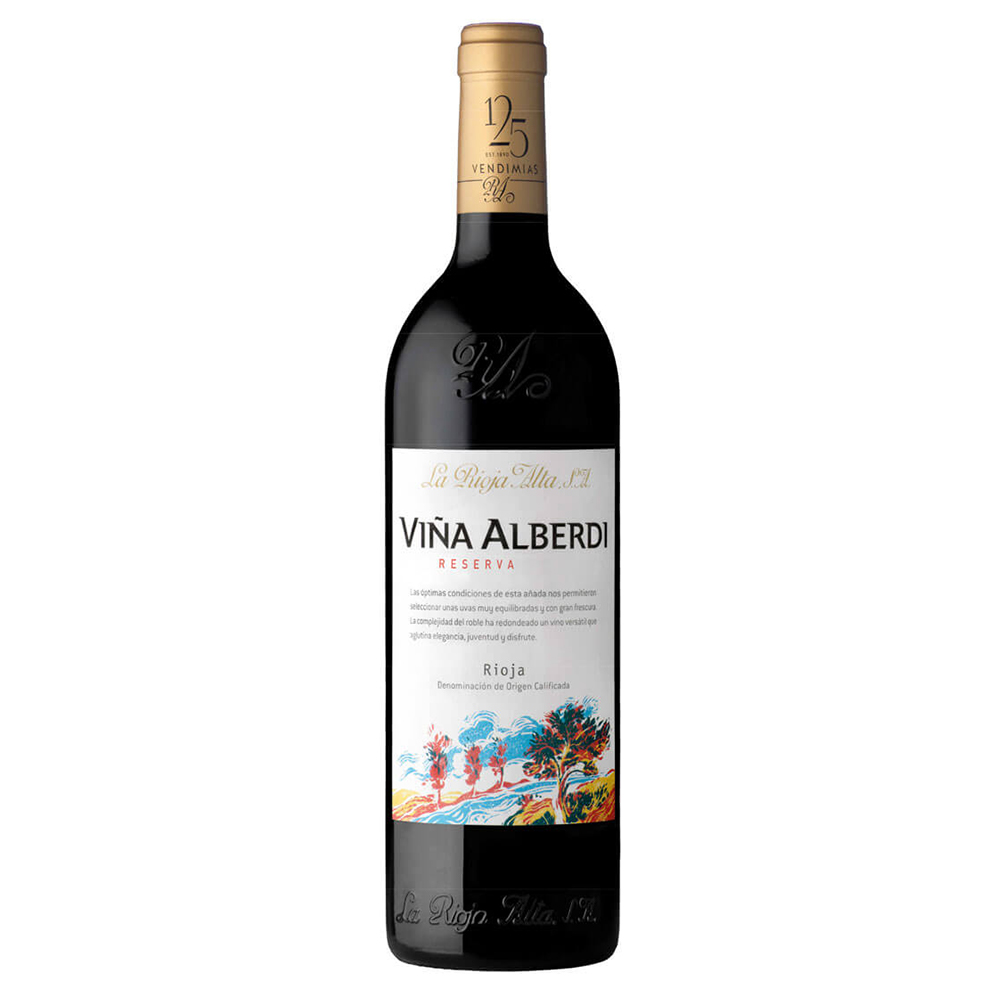
Red wine: This is the most common and popular type of wine, made from dark-coloured grapes that are fermented with their skins, seeds, and stems. This gives red wine its distinctive colour, tannins, and body. Tannins are natural compounds that are found in grape skins, seeds and stems, as well as in oak barrels. They add a bitter and astringent taste to the wine, as well as a dry and chewy texture. Tannins also help to preserve and age the wine and to balance its sweetness and acidity. Red wine can range from light and fruity to full and complex, depending on the grape variety, region, and winemaking process. Some of the most famous red wines include Cabernet Sauvignon, Merlot, Pinot Noir, Shiraz, and Zinfandel. Some red wines also have spicy and peppery flavours, especially those made from grapes such as Tempranillo and Shiraz, which add a kick and depth to the wine.
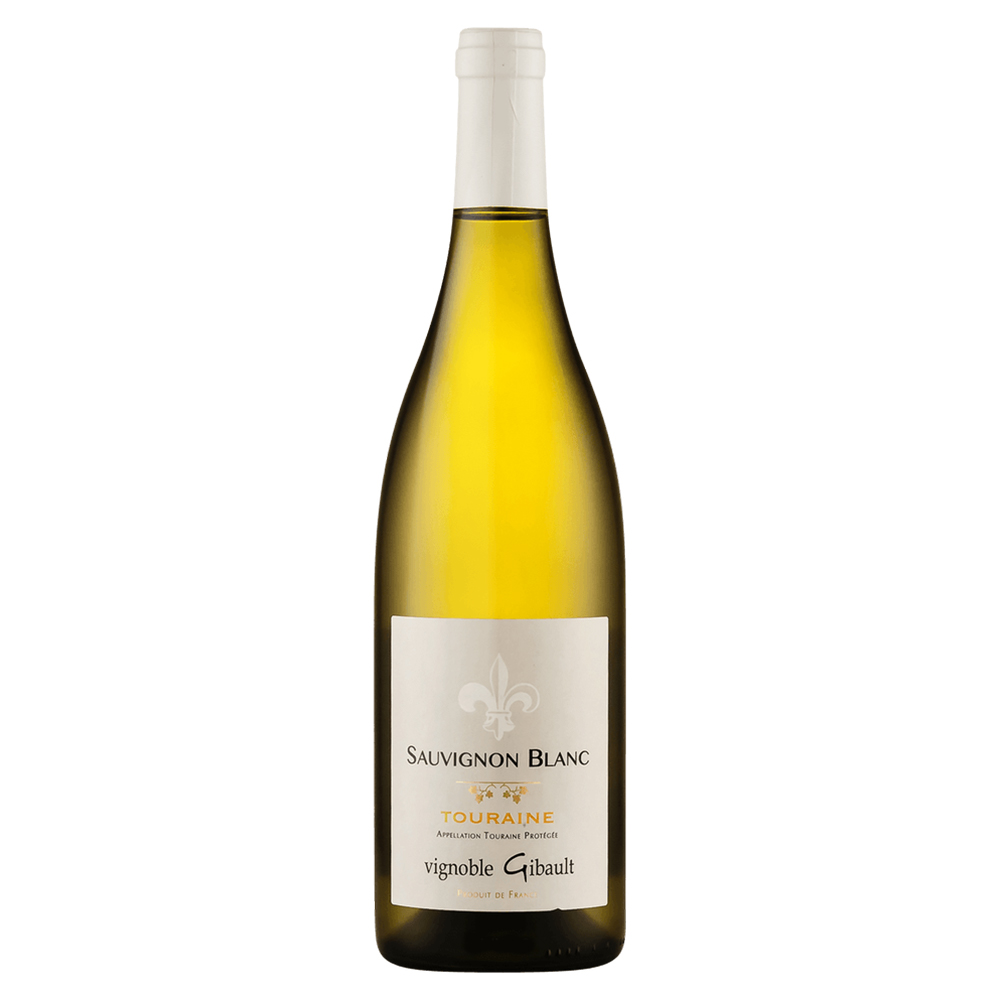
White wine: This is the second most common type of wine, made from either white or black grapes that are fermented without their skins, seeds, and stems. This gives white wine its lighter colour, acidity, and freshness. White wine can also vary from dry and crisp to sweet and aromatic, depending on the grape variety, region, and winemaking process. Some of the most popular white wines include Chardonnay, Sauvignon Blanc, Riesling, Pinot Grigio, and Chenin Blanc.
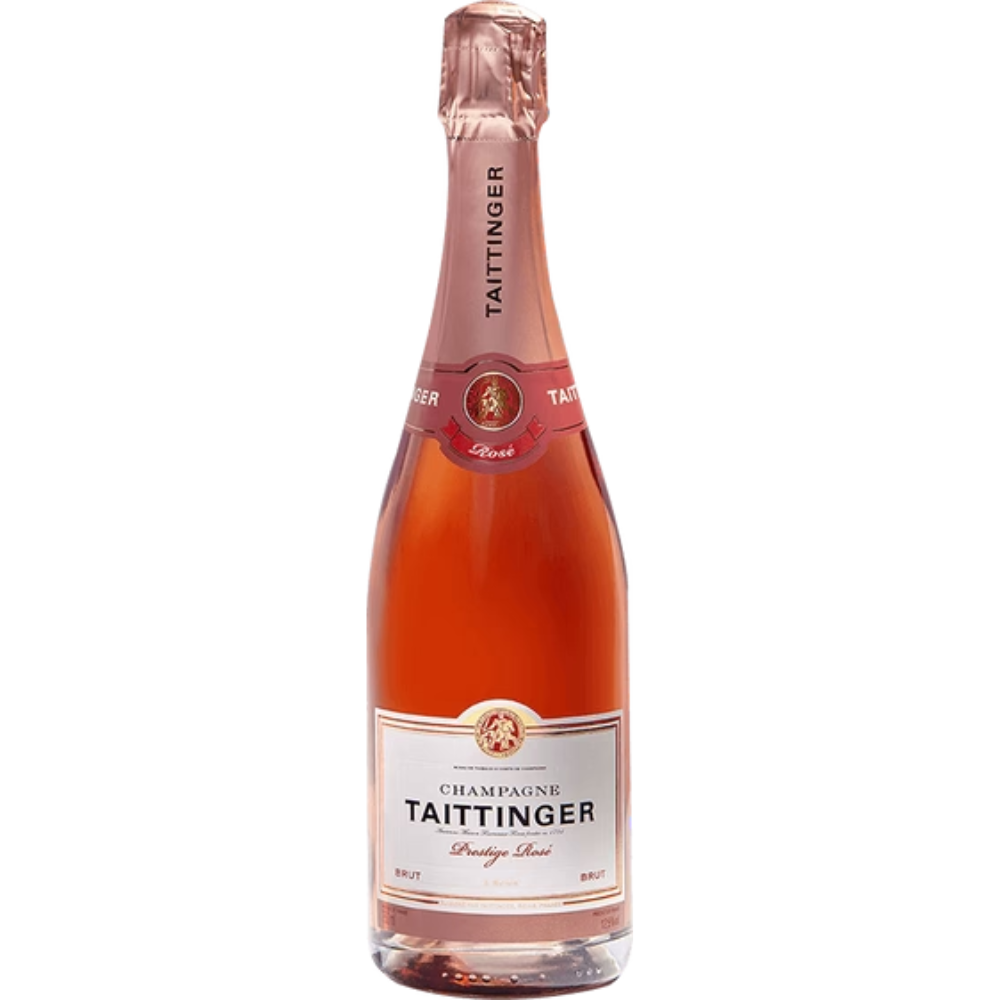
Rosé wine: This is a type of wine that has a pink or salmon colour, made from either red or black grapes that are fermented with their skins for a short period of time, or by blending red and white wines. Rosé wine is usually light and refreshing, with fruity and floral notes. Rosé wine can be dry or sweet, still or sparkling, depending on the grape variety, region, and winemaking process. Some of the most common rosé wines include Provence, Côtes de Provence, and Zinfandel.
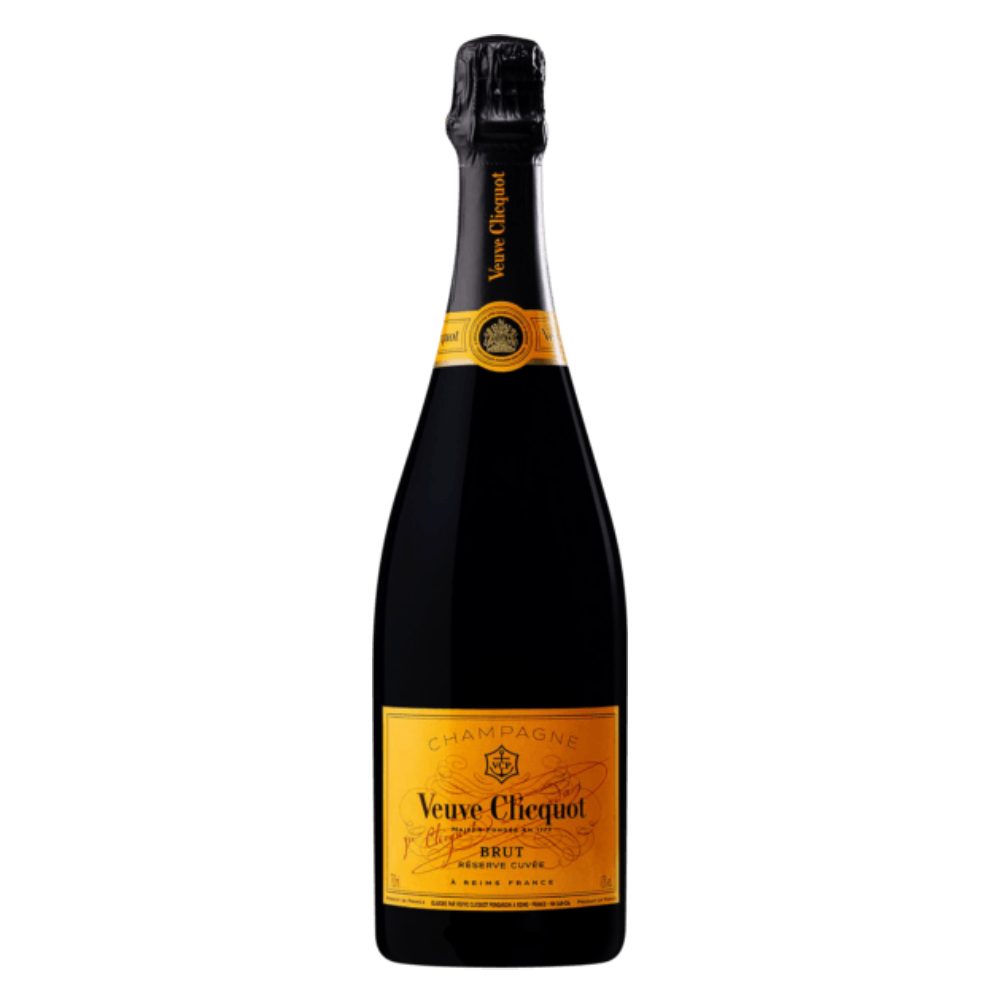
Sparkling wine: Sparkling wine is often associated with celebrations and special occasions, as it adds a festive and elegant touch to any event. Sparkling wine can be made from any grape variety and can be white, rosé, or red, depending on the winemaking process. Some of the most famous sparkling wines include Champagne, Prosecco, Cava, and Lambrusco.
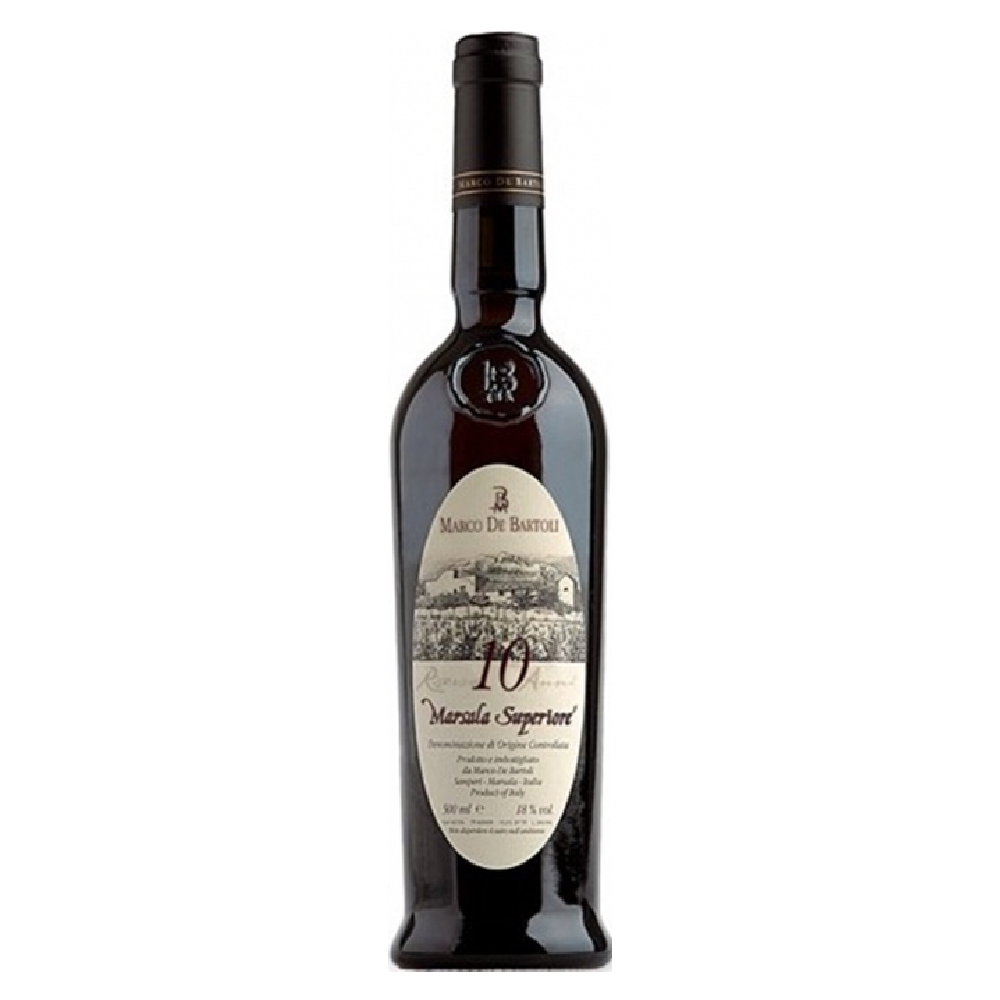
Dessert wine: This is a type of wine that is sweet and rich, usually served with or after dessert. A dessert wine can be made from grapes that are either naturally high in sugar, such as late harvest or noble rot grapes, or artificially concentrated, such as fortified or ice wines. Dessert wine can be white or red, still or sparkling, depending on the grape variety, region, and winemaking process. Some of the most delicious dessert wines include Sauternes, Port, Moscato, and Tokaji.
Understanding Wine Labels
Another thing you need to know about wine is how to read and interpret the labels, which can provide useful information about the wine’s origin, quality, and style.
Here are some of the key elements to look for on a wine label:
Region: This is the geographical area where the grapes were grown, and the wine was produced. The region can indicate the climate, soil, and tradition of the wine, as well as the regulations and standards that the wine must follow.
The temperature of the region can affect the ripeness, acidity, and sugar level of the grapes, and thus, the style and flavour of the wine. For example, cooler regions tend to produce lighter and crisper wines, while warmer regions tend to produce fuller and richer wines. The region can also be classified as “old world” or “new world”, depending on the history and culture of wine production.
Old world regions, such as France, Italy, and Spain, have more established and strict rules and appellations for their wines, which aim to ensure high quality and consistency. New world regions, such as Australia, Chile, and South Africa, have more flexible and innovative approaches to their wines, which allow for more experimentation and diversity.
Grape: This is the type of grape or grapes that were used to make the wine. The grape can influence the colour, aroma, flavour, and body of the wine, as well as its compatibility with food and aging potential. Some wines are made from a single grape variety, such as Chardonnay or Pinot Noir, and are labelled as varietal wines. Other wines are made from a blend of two or more grape varieties, such as Bordeaux or Chianti, and are labelled as regional wines or proprietary wines.
Vintage: This is the year when the grapes were harvested and the wine was made. The vintage can affect the quality and character of the wine, depending on the weather conditions, crop yield, and winemaking techniques of that year. Some years are considered better or worse than others, depending on the region and the grape, and are reflected in the price and availability of the wine.
Producer: This is the name of the person or company that made the wine. The producer can indicate the size, style, and reputation of the winery, as well as the philosophy and vision of the winemaker.
Tips for Tasting Wine
One of the most enjoyable and rewarding aspects of wine shopping is tasting the wine, which can help you discover your preferences, expand your palate, and appreciate the nuances and complexities of the wine.
Here are some basic tips for tasting wine:
Look: The first step is to look at the wine, and observe its colour, clarity, and intensity. The colour can indicate the type, age, and condition of the wine, as well as the grape variety and the winemaking process. For example, red wines tend to become lighter and browner as they age, while white wines tend to become darker and more golden. The clarity can indicate the filtration and fining of the wine, as well as the presence of sediment or faults. Plus, the intensity can indicate the concentration and extraction of the wine, as well as the alcohol level and sweetness.
Swirl: The next step is to swirl the wine, and expose it to oxygen, which can enhance its aroma and flavour. Swirling the wine can also create tears or legs on the inside of the glass, which can indicate the viscosity and alcohol level of the wine. For example, wines with higher alcohol and sugar tend to have more and thicker tears or legs than wines with lower alcohol and sugar.
Smell: The third step is to smell the wine, and identify its aroma, intensity, and complexity. The aroma can indicate the primary, secondary, and tertiary characteristics of the wine, as well as the grape variety and the winemaking process. For example, primary aromas are derived from grapes and can include fruity, floral, herbal, and vegetal notes.
Secondary aromas are derived from the fermentation, and can include yeasty, bready, buttery, and nutty notes. Tertiary aromas are derived from aging and can include spicy, smoky, woody, and earthy notes.
Sip: The fourth step is to sip the wine, and evaluate its flavour, body, acidity, tannin, alcohol, and finish. The flavour can indicate the taste and balance of the wine, as well as the grape variety and the winemaking process. For example, red wines tend to have flavours of red fruits, black fruits, spices, and herbs, while white wines tend to have flavours of citrus fruits, tropical fruits, flowers, and minerals.
Pairing Wine with Food
One of the most enjoyable yet challenging aspects of wine shopping is pairing wine with food, which can either enhance or ruin the flavours and sensations of both. There are no hard and fast rules for pairing wine with food, as different people have different tastes and preferences, but there are some basic guidelines that can help you make better choices.
Matching Weight and Intensity
A general principle is to pair light-bodied wines with light dishes and full-bodied wines with heavy dishes so that neither one overpowers the other. For example, a crisp and refreshing Sauvignon Blanc would go well with a salad or a seafood dish, while a rich and complex Cabernet Sauvignon would go well with a steak or a cheese platter.
Matching Flavours and Aromas
Another principle is to pair wines and foods that have similar or complementary flavours and aromas so that they create a harmonious and balanced combination. For example, a fruity and floral Riesling would go well with a spicy or sweet dish, while a smoky and woody Shiraz would go well with a grilled or roasted dish.
Match the Acidity and Sweetness
A third principle is to pair wines and foods that have similar or contrasting levels of acidity and sweetness so that they create a refreshing and satisfying sensation. For example, a high-acidity wine like a Chianti would go well with a high-acidity food like a tomato sauce, while a low-acidity wine like a Merlot would go well with a low-acidity food like a mushroom risotto.
Similarly, a sweet wine like a tawny port would go well with a sweet food like a chocolate cake, while a dry wine like a Pinot Grigio would go well with a salty food like a cheese board. Another delicious pairing is a Sauternes with a crème brûlée, as the rich and creamy dessert complements the honeyed and fruity flavours of the wine.
Experiment and have fun!
The most important thing to remember is that selecting and pairing wine with food is a personal and subjective experience, and there is no right or wrong answer. The best way to find out what works for you is to try different wines and foods and see what you like and dislike. You can also ask for recommendations from experts, friends, or online sources, but ultimately, the choice is yours. The main goal is to have fun and enjoy the wine, the food, and the company you share them with.

